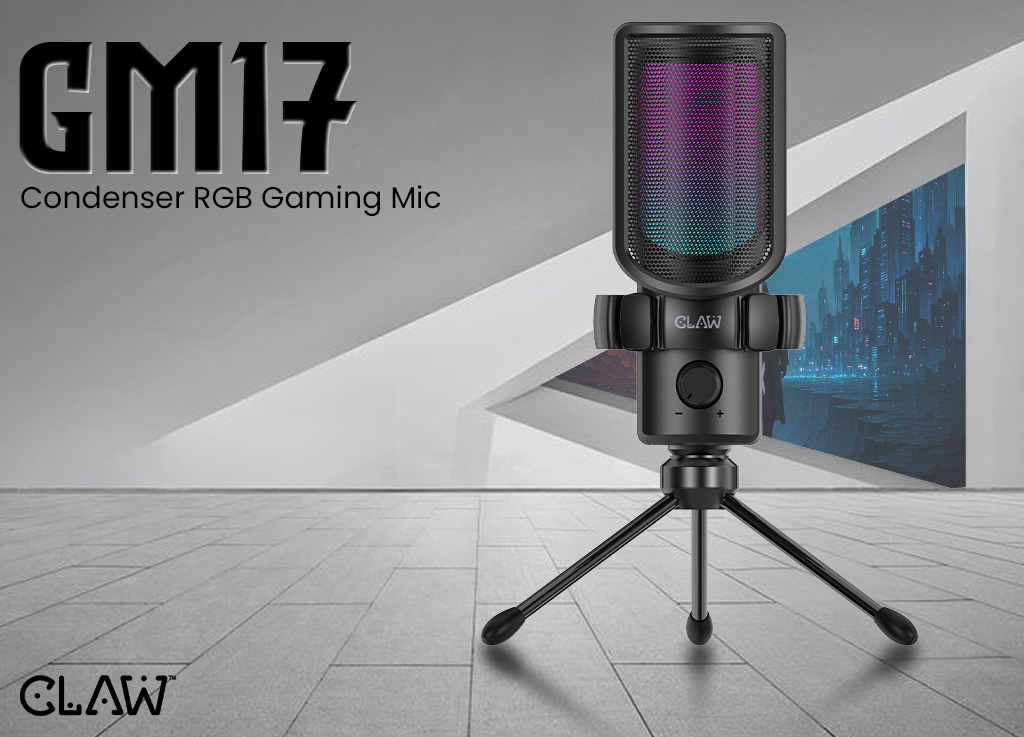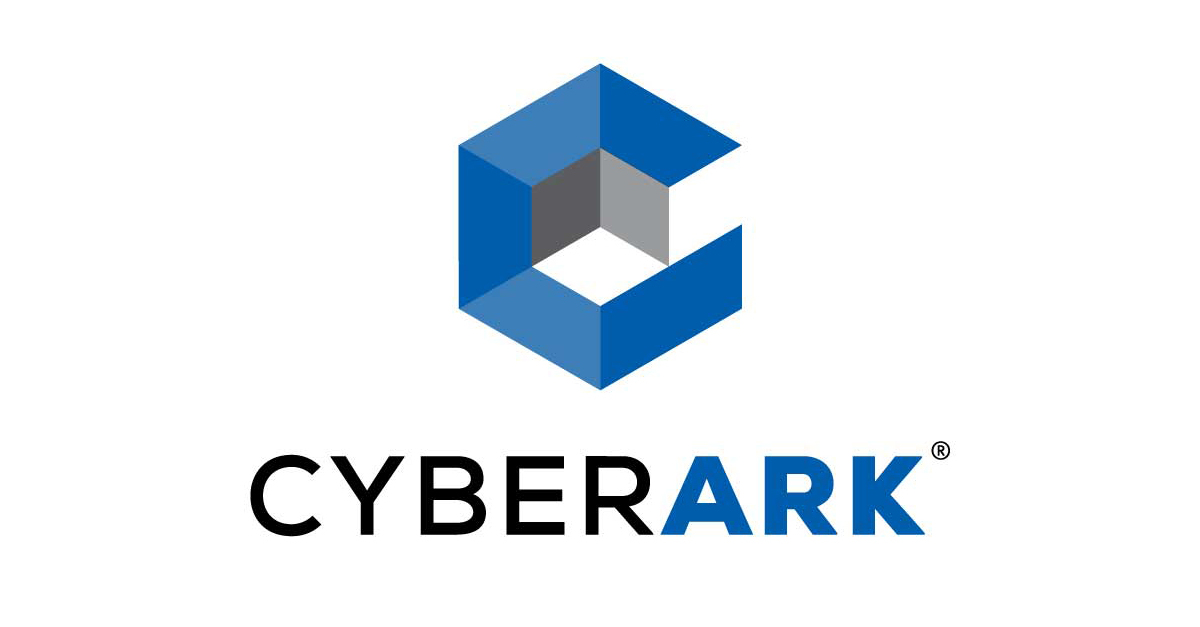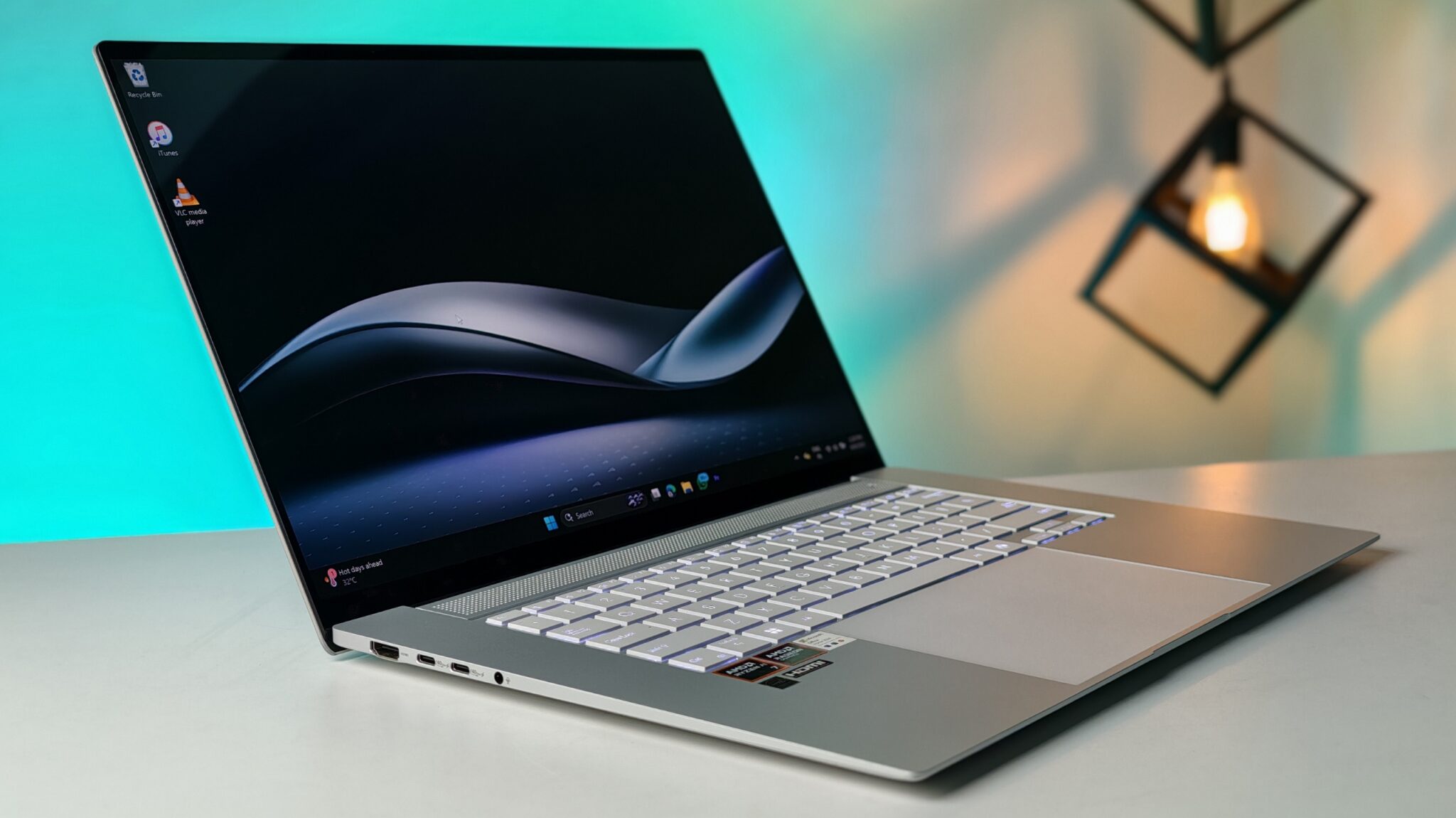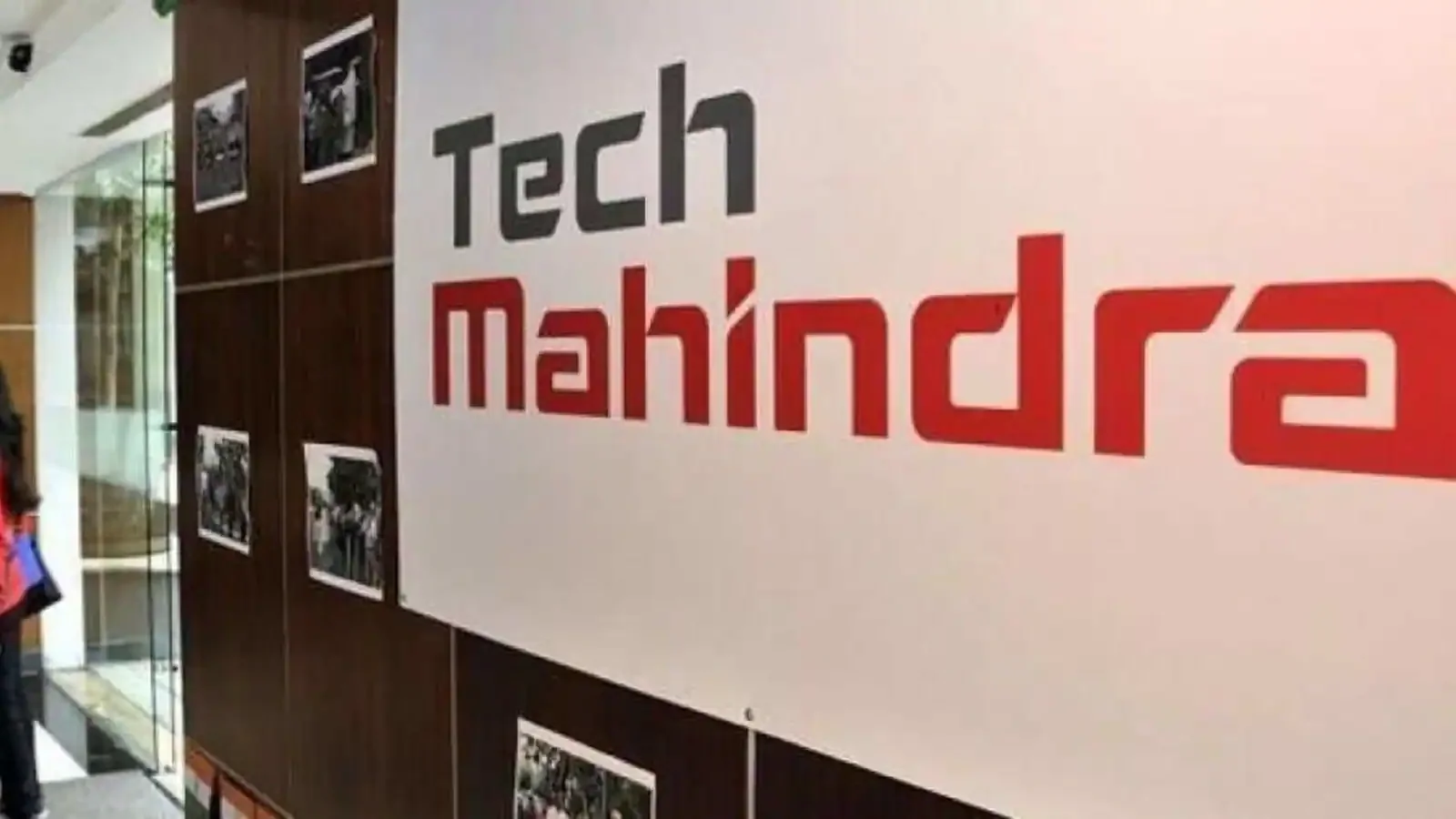Gaming and creative communities are buzzing—as they should be—because INNO3D, a seasoned name in high-performance multimedia hardware, has just pulled the curtain back on the GeForce RTX 5050 GPUs. These latest entries in the GeForce RTX 50 Series come armed with NVIDIA’s impressively efficient Blackwell architecture. And yes, they’re aiming to bring that next-gen graphical horsepower down to a price that won’t make your wallet panic.
Key Takeaways:
- INNO3D rolls out the GeForce RTX 5050 GPUs, featuring NVIDIA’s Blackwell architecture.
- These GPUs strike a promising balance between performance and affordability.
- Available in two cooler styles: dual-fan TWIN X2/TWIN X2 OC and the smaller, single-fan COMPACT.
- Specs include 2560 CUDA cores, 8GB of GDDR6 on a 128-bit bus, and a boost clock up to 2602MHz (OC).
- Cutting-edge tech onboard: DLSS 4 with Multi Frame Generation, 4th-gen Ray Tracing Cores, 5th-gen Tensor Cores.
- Launching mid-July 2025 for desktop at $249 (roughly ₹21,300 in India).
- Stays true to INNO3D’s “Brutal by Nature” performance-focused philosophy.
Blackwell Power, Budget Frame: Digging into the RTX 5050
At the core of the RTX 5050 is NVIDIA’s new Blackwell architecture. Now, this architecture isn’t just another name in a long GPU lineage. Built with 208 billion transistors and leveraging a custom TSMC 4NP process, it brings a serious technological leap. While flagship Blackwell GPUs sport dual reticle-limited dies linked by a high-speed interconnect, the RTX 5050 distills all that potential into a more approachable, budget-conscious package.
Spec-wise, the RTX 5050 comes with 2560 CUDA cores, which is a solid step up in computational power for both gamers and creators. It’s got 8GB of GDDR6 memory on a 128-bit interface, yielding a bandwidth of 320 GB/s. For those opting for the OC variant, you’re looking at boost clocks that can spike up to 2602 MHz—not too shabby for a card at this price point.
Cooling Craft: INNO3D’s Thermal Design Game
To keep things cool under pressure, INNO3D has released two main designs: the dual-fan TWIN X2/OC and the single-fan COMPACT.
The TWIN X2 series features dual 88mm fans positioned over a dense aluminum fin array. The heat pipes underneath swiftly shuttle heat away from the core, and the reinforced backplate not only adds some much-needed rigidity but doubles as a passive heat sink. The design balances performance cooling with a manageable dual-slot profile, so it doesn’t eat up unnecessary space.
Meanwhile, the COMPACT model takes a more minimalist approach. It trades the twin-fan setup for a single, high-performance fan, ideal for small form factor or mini-ITX builds. It doesn’t quite match the thermal ceiling of the TWIN X2, but it’s no slouch either. For gamers with tighter cases, this might be the go-to choice.
More Than Hardware: Tapping into NVIDIA’s Software Edge
One of the most underrated parts of NVIDIA’s offering lies in the ecosystem. The RTX 5050 isn’t just brute force—it’s smart too.
DLSS 4: Built on 5th-gen Tensor Cores, DLSS 4 is more than just a frame booster. It leans heavily on AI to deliver smoother gameplay and cleaner visuals via Multi Frame Generation. It’s especially handy in titles that demand both fidelity and fluidity.
Ray Tracing: With 4th-gen RT Cores, the RTX 5050 makes ray-traced visuals feasible even on a budget. Think lifelike shadows, reflections, and lighting—without the lagfest.
NVIDIA Studio: For creators, this isn’t just a gaming card. Studio-optimized drivers and AI-enhanced tools bring faster rendering, smoother previews, and less waiting.
NVIDIA NIM: NIM microservices add a layer of AI accessibility for developers. These prebuilt inference containers streamline deployment for AI apps and assistants. It’s a niche use-case, sure, but an exciting one for those dabbling in the AI development space.
The “Brutal by Nature” Ethos
INNO3D has been around since 1998, carving out a name with daring designs and no-nonsense performance. Headquartered in Hong Kong, with manufacturing in Shenzhen, they’ve consistently pushed to make powerful GPUs that don’t require a second mortgage.
Their “Brutal by Nature” mantra reflects not just in aesthetics, but in their relentless performance ambitions. They’re clearly catering to gamers who want the max out of their rigs, but who also care about form and function. And they’ve built a bit of a cult following because of it.
Market Outlook and Availability
The INNO3D GeForce RTX 5050 could shake things up in the budget and mid-tier segment. Starting at $249 (or ₹21,300 in India), it sits in that sweet spot for 1080p gamers looking for real power without the premium tag.
Availability kicks off mid-July 2025 for desktops, with partners like INNO3D leading the charge. Laptops are already shipping with the RTX 5050 GPU inside from brands like ASUS and MSI. Think models like the ASUS TUF F16 or the ROG Strix G16.
Performance-wise, this card punches way above its weight. In games like Cyberpunk 2077, enabling DLSS 4 can reportedly push frame rates beyond 150 FPS. Creators aren’t left out either, with the card supporting up to 421 TOPS—a sixfold increase over the RTX 3050. It’s a well-rounded workhorse.
INNO3D has also highlighted strong partnerships to ensure these GPUs are widely available, not just for the first wave, but sustainably into the future.
Frequently Asked Questions (FAQ)
Q1: What is the NVIDIA Blackwell architecture?
A1: It’s NVIDIA’s latest GPU architecture focused on next-gen AI and graphics. With advanced Tensor and Ray Tracing Cores and a massive transistor count, it aims to redefine what’s possible on both ends of the spectrum.
Q2: What is NVIDIA DLSS 4 and how does it help gamers?
A2: DLSS 4 leverages AI to generate additional frames, increasing FPS and improving visual clarity. Especially in graphically intense titles, this can be a game-changer.
Q3: Can the INNO3D GeForce RTX 5050 handle ray tracing?
A3: Absolutely. It packs 4th-gen Ray Tracing Cores, enabling realistic in-game lighting and shadow effects without tanking your FPS.
Q4: What are the main differences between the INNO3D TWIN X2/OC and COMPACT models?
A4: The TWIN X2/OC has a more robust dual-fan cooler, ideal for thermal-heavy use cases. The COMPACT model is single-fan and tailored for smaller builds.
Q5: What is the expected price and availability of the INNO3D GeForce RTX 5050?
A5: Expect it mid-July 2025, starting at $249 (~₹21,300 in India) for desktop variants.
Q6: What is NVIDIA NIM microservices?
A6: It’s a set of optimized inference microservices for deploying and scaling AI apps quickly. Useful for devs working on AI agents or assistant-type applications.
Q7: Is the RTX 5050 suitable for content creation?
A7: Yes, thanks to NVIDIA Studio support and powerful AI-enhanced performance, it excels in tasks like video editing and 3D rendering.


















